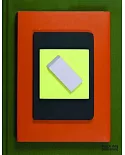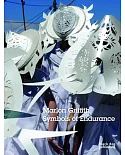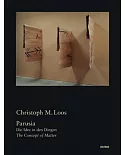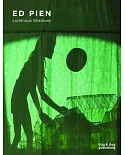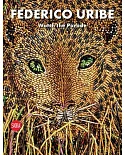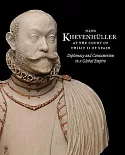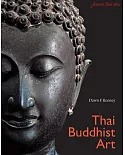Beginning in the 1950s, Pablo Picasso concerned himself intensely with the linocut, creating a veritable cosmos of bullfighting scenes, mythological images, and abstract portraits. Neglected
for many years, this traditional printmaking technique—which effectively combined his talent as a draftsman with his expressive use of color—was consequently to experience a renaissance.
On par with his paintings in their coloristic effects, Picasso’s linocuts convey both the mature tone of the late Picasso and the almost youthful buoyancy of an artist of over seventy years
who once more found himself the eager apprentice of a new technique. And with his experimental approach to the new medium—as shown by countless artist’s and trial proofs, many of which are
included here—Picasso helped to establish the linocut in the modern-day art world as a professional printmaking technique. In addition to exploring Picasso’s unconventional handling of the
linocut, this volume—created to accompany an exhibition this year at the Kunstmuseum Pablo Picasso in M羹nster—also recounts the history of the linocut and the biographical circumstances under
which Picasso created his works.
Included in this lavish volume are more than one hundred illustrations of the vibrant prints Picasso created between 1954 and 1968. Many are among the artist's most defining work and
demonstrate his lifelong ability to engage with virtually any medium and to make it his own.






